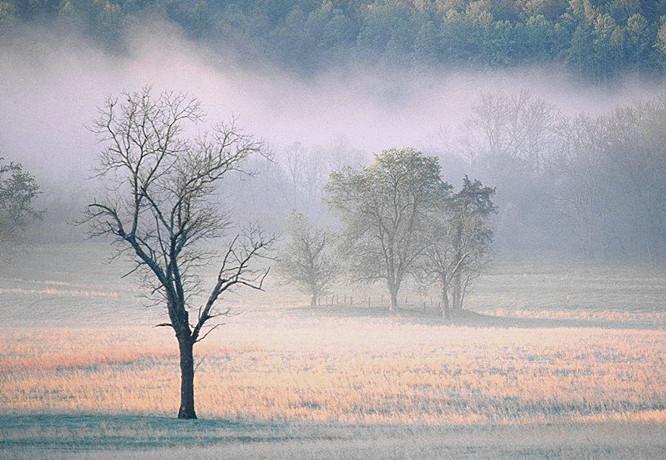Belgium
In early December 1930, in the Meuse Valley region of Belgium, people generally began to feel unwell. Some people with heart disease, hypertension or lung diseases found their diseases start developing slowly and some even died within a few days.
Thousands of people in the area then developed abnormal conditions, with symptoms such as tears, sore throats, hoarseness, coughing, shortness of breath, chest congestion, nausea and vomiting, making everyone restless. A large number of cattle also suffered and died.
According to statistics, 63 people died in one week. It may be a small number by itself, but that is more than ten times the number of normal deaths over the same period, and there were not many people in the Meuse Valley. This is the earliest recorded event of fog and acid rain pollution in the Meuse Valley of Belgium in this century.
The Meuse Valley area is located in the middle of the basin, in the valley zone, so the whole area is completely below the earth’s surface. Moreover, the region is an important industrial zone with three refineries, three metal smelters, four glass plants and three zinc plants, as well as power, sulphuric acid, fertilizer plants and lime kilns.
All of such complete industrial equipment is built in a narrow basin of only 24, 000 meters, which will emit the smog of sulphur dioxide and sulphur trioxide in high concentration for a long time. Even without acid rain, this kind of air composition is not good for human health.
United States
In 1948, Donora, an American town, experienced the same kind of pollution as the acid rain in Meuse Valley. The consequences were more serious this time, with nearly 7,000 cases and 20 deaths in the town in the five days from October 27th to 31st. Most people over 65 were in critical condition. Eventually, on 31st, acid rain rose in the sky, making the event even more unmanageable. Donora was sandwiched in a valley, mostly with sulfuric acid plants, steel mills and zinc smelters, forming a valley industrial zone with the neighboring town of Webster. For a long time, the factories spewed smoke into the atmosphere, where people had grown accustomed to odors. The winds often mixed pollutants into a fairly thick atmosphere, where the gas floated away.
A year after the disaster, the living standards in the town fell by 10%. Ten years later, the death rate in the town was still much higher than that in other neighboring towns. As a result, the New York Times called it "one of the most terrible pollution disasters in human history."

Comment list ( 0 )
